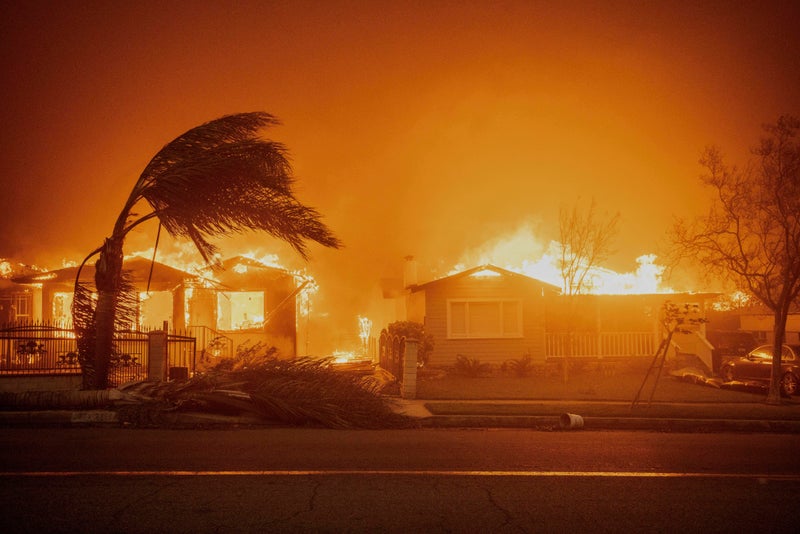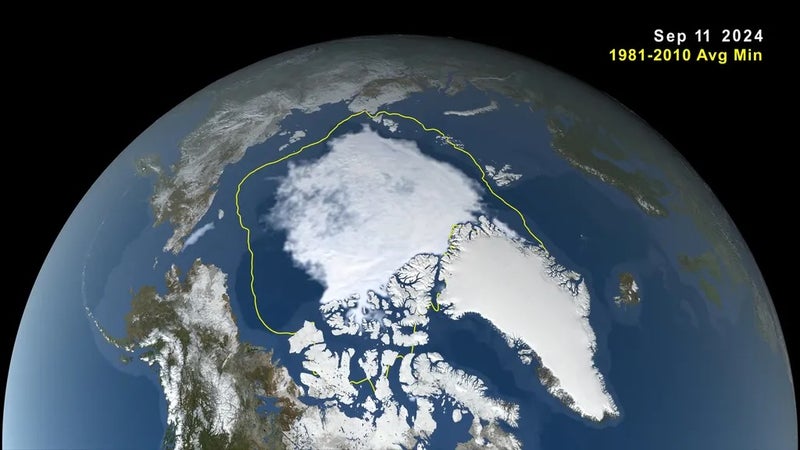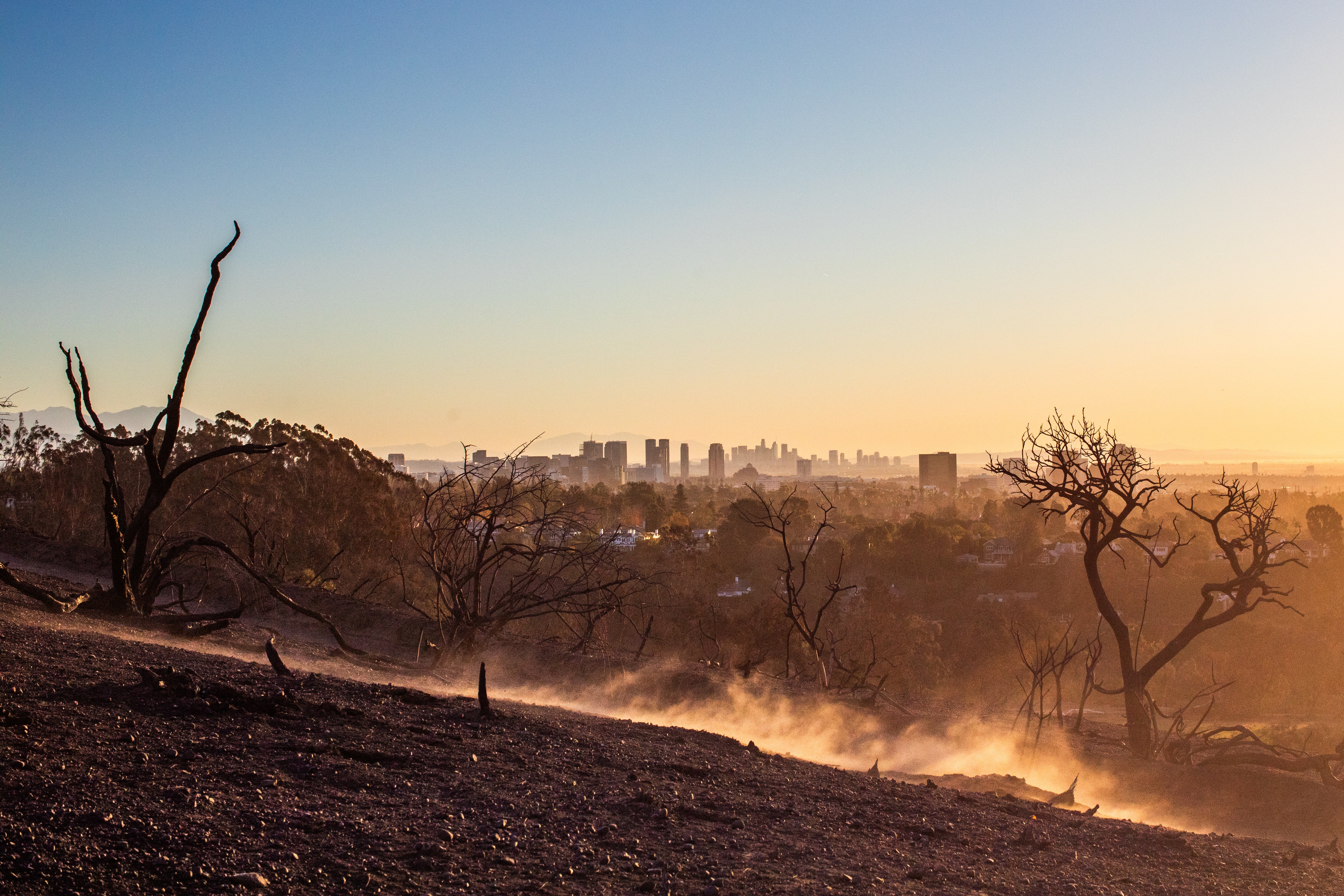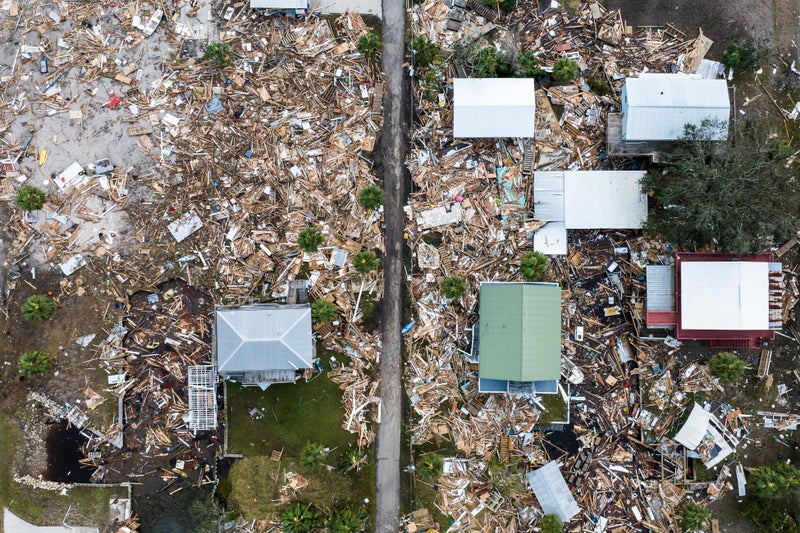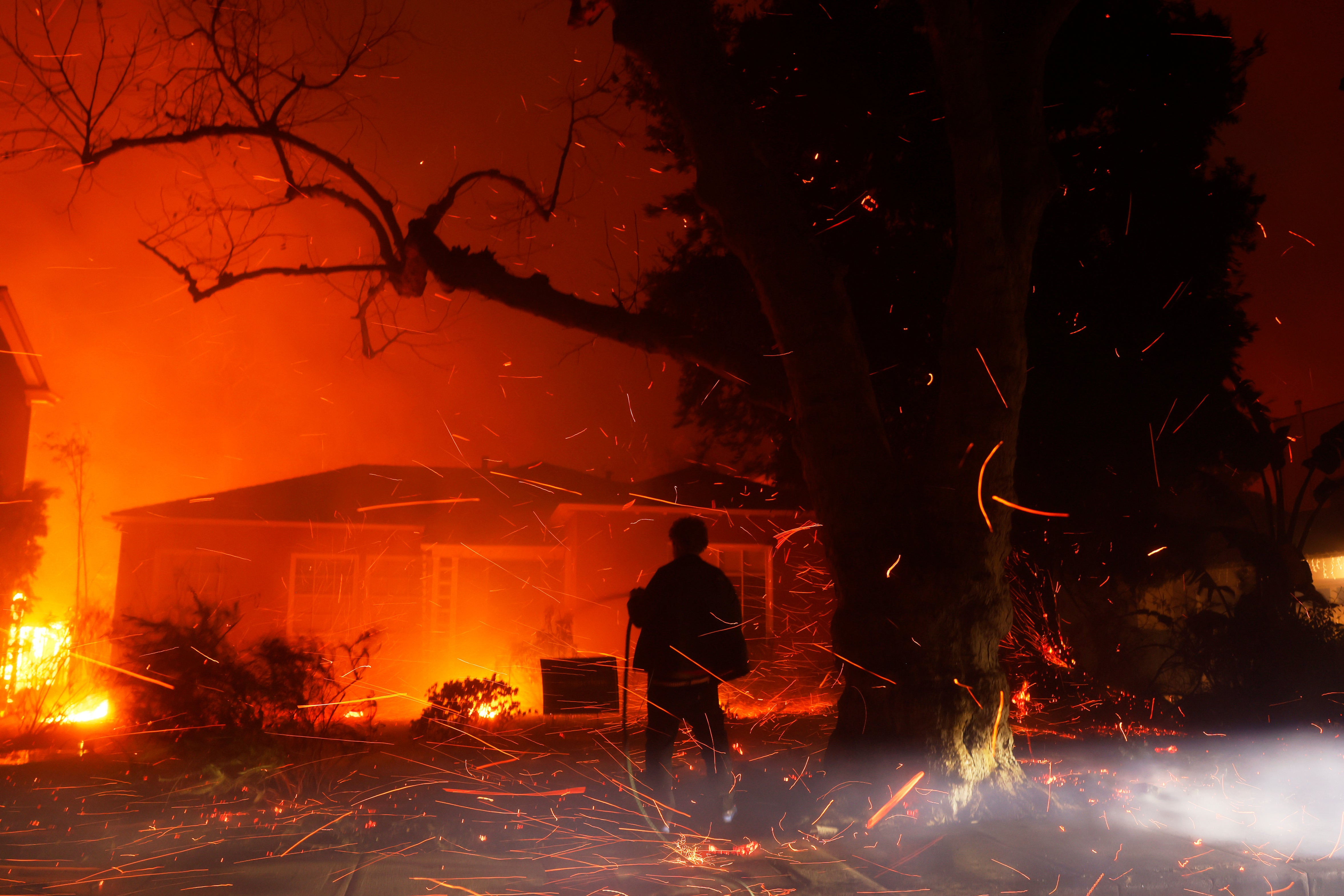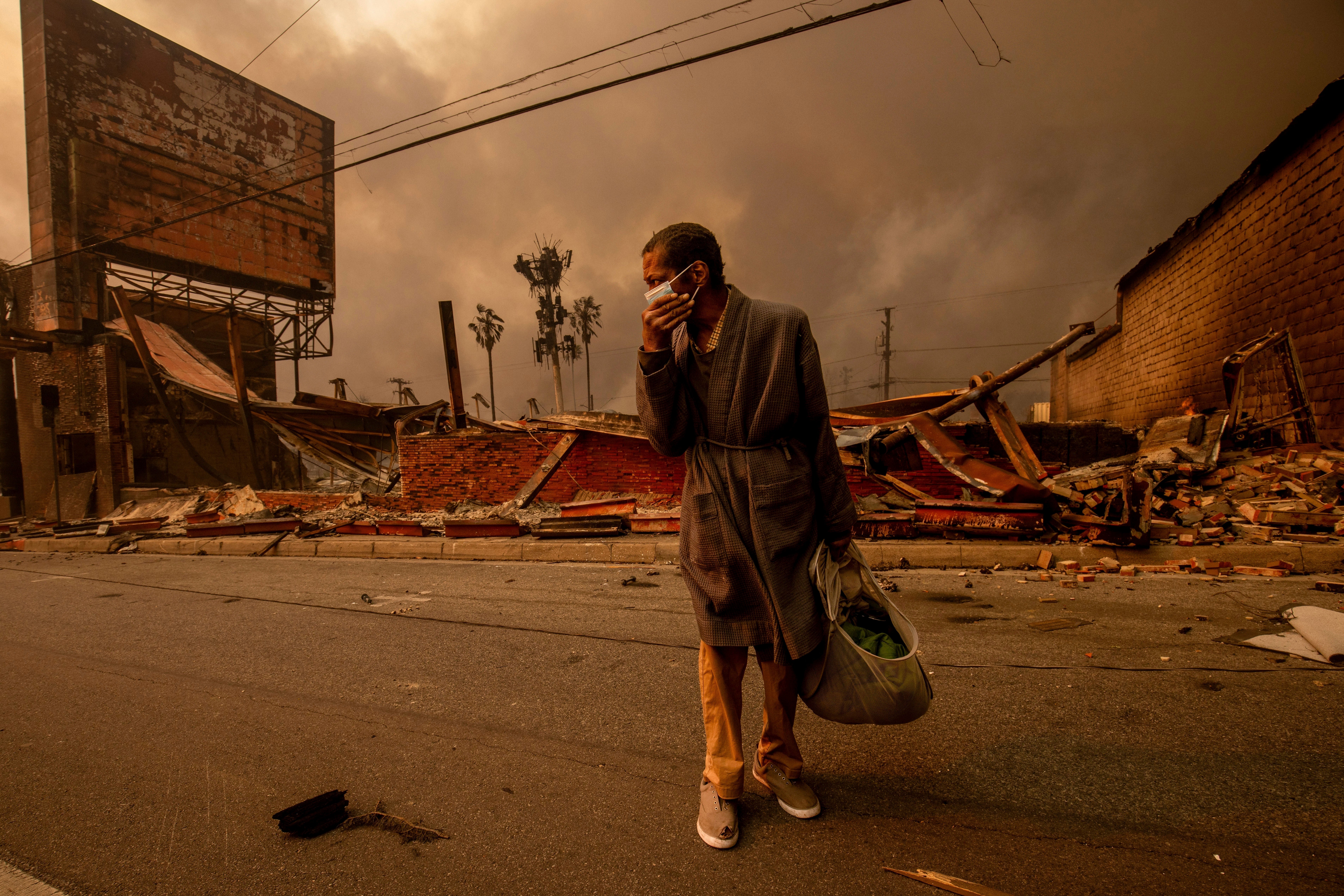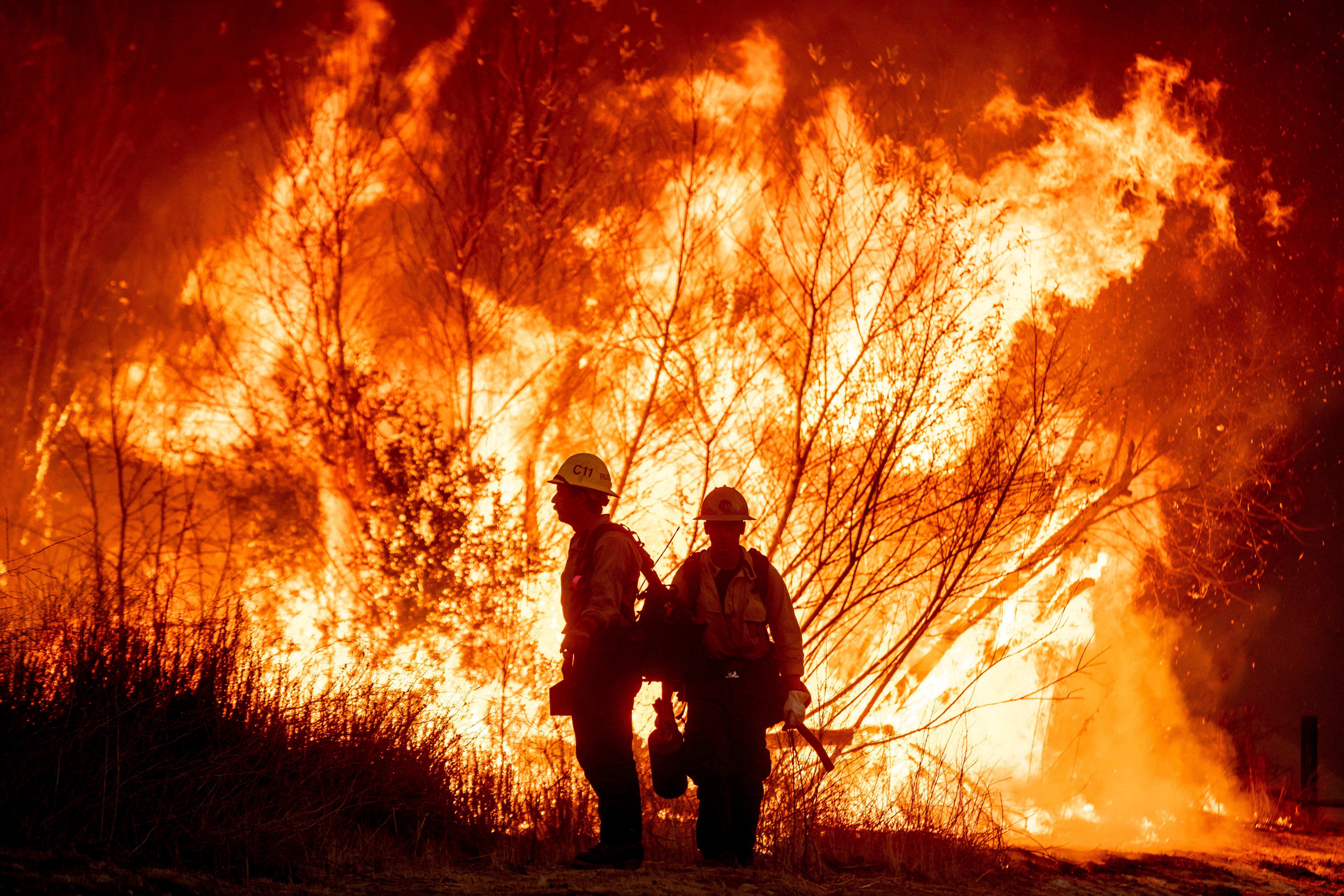Half a degree rise in global warming will triple area of Earth that is 'too hot for humans’
Half a degree rise in global warming will triple area of Earth that is 'too hot for humans’
Share:
Unsurvivable heat thresholds would bring the risk of lethal heatstroke – even in the shade. The new area will be equivalent to the size of the U.S., according to new research released on Tuesday. Researchers say that warming would come with dangerous repercussions for the people that live in the zone. The affected area is not one static area on the map. It consists of different parts of the planet’s landmass and includes Africa, the Middle East, and South Asia.
The authors said that, in the new area, it will become too hot during extreme heat events for even healthy young humans to maintain a safe body temperature. For adults over the age of 60, the threat it expands. That same uptick would see more than a third of the planet’s land mass cross this critical “overheating” threshold. “Unsurvivable heat thresholds, which so far have only been exceeded briefly for older adults in the hottest regions on Earth, are likely to emerge even for younger adults,” Matthews explained.
“In such conditions, prolonged outdoor exposure – even for those if in the shade, subject to a strong breeze, and well hydrated – would be expected to cause lethal heatstroke. It represents a step-change in heat-mortality risk,” he noted. To reach these alarming conclusions, the authors combined scientific findings to tie physical climate science with the risk of heat death. Between 1994 and 2023, the combination of temperature and humidity above which the human body cannot cope was breached for just about 2 percent of the global land area for adults under 60. For older adults who are more vulnerable to heat stress, 20 percent of Earth’s land surface crossed this threshold.
If higher warming levels are crossed, older adults could experience dangerous heat across approximately 60 percent of the Earth’s surface during extreme events. People in Saharan Africa and South Asia are at the highest risk for unsurvivable conditions. Those regions and the Middle East, central Australia, and the Southwestern U.S., are determined to have the highest dry heat. “What our review really shows very clearly is that, particularly for higher levels of warming such as 4 degrees Celsius above the pre-industrial average, the health impacts of extreme heat could be extremely bad,” he said. “At around 4 degrees Celsius of warming above preindustrial levels, uncompensable heat for adults would affect about 40 percent of the global land area, with only the high latitudes, and the cooler regions of the mid-latitudes, remaining unaffected.”.
Last year was the warmest year on record, and the first with a global average temperature of more than 1.5 degrees Celsius above the pre-industrial levels. At current rates of warming, 2 degrees could be reached by mid-to-late century. “As more of the planet experiences outdoor conditions too hot for our physiology, it will be essential that people have reliable access to cooler environments to shelter from the heat,” said Matthews.


